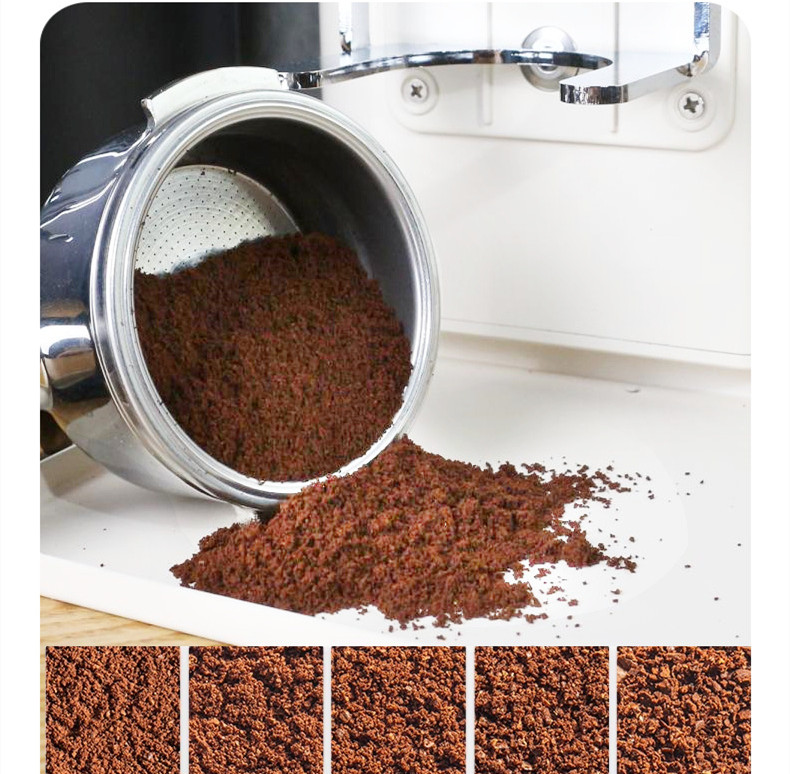The demand for large-scale commercial roasters in coffee factories needs to be comprehensively considered from dimensions such as production capacity, process control, equipment stability, operation and maintenance, environmental protection and safety. The following is a specific analysis:
First, the demand for production capacity
Coffee factories need to select equipment based on daily roasting volume, batch efficiency and continuous operation capacity. Large-scale roasters need to have high production capacity, such as being able to process tens or even hundreds of kilograms of coffee beans per hour, to meet the demands of large-scale production. The equipment should support rapid loading and unloading of materials, reduce batch interval time and enhance overall efficiency. In addition, the baking machine needs to have the flexibility to adapt to different baking volumes, being capable of handling full-load production as well as small-batch baking when demand fluctuates, thus avoiding resource waste.
Second, requirements for process control
Temperature and time control: Large-scale commercial roasters need to be equipped with high-precision temperature control systems that can precisely adjust and maintain the required temperature during the roasting process, ensuring that coffee beans are heated evenly and avoiding overroasting or underroasting. Meanwhile, the equipment should support precise time control to meet the requirements of different baking curves.
Hot air circulation and uniformity: The hot air baking method is suitable for large-scale production due to its high speed and uniformity. The roaster needs to be equipped with an efficient hot air circulation system to ensure that the coffee beans are heated evenly during the roasting process and achieve consistent roasting results.
Roasting modes and preset programs: The equipment should offer multiple roasting modes and preset programs to flexibly meet the needs of different coffee flavors. Meanwhile, it supports custom roasting curves, facilitating baristas to make adjustments based on the characteristics of coffee beans and market demands.
Third, the requirements for equipment stability and durability
Materials and craftsmanship: The baking machine needs to be made of sturdy and durable materials and adopt precise manufacturing processes to cope with long-term and high-frequency use. Key components such as rollers and heating elements should have high wear resistance and corrosion resistance to extend the service life of the equipment.
Heat dissipation and protection: During large-scale baking processes, a large amount of heat is generated. The equipment must have a good heat dissipation system to prevent overheating, which may lead to performance degradation or safety hazards. Meanwhile, the casing and operation interface should have protective functions to prevent operators from getting scalded or electrocuted.
Redundant design: To ensure production continuity, the baking machine can consider redundant design, such as backup heating elements, fans, etc., so as to quickly switch in case of failure of key components and reduce downtime.
Fourth, operation and maintenance requirements
Intelligence and automation: The equipment should be equipped with an advanced control system to support automated operation and reduce manual intervention. For instance, functions such as automatic baking and automatic cooling can be achieved through preset programs, thereby enhancing production efficiency and consistency.
Convenience of cleaning and maintenance: The roaster should be designed to be easy to disassemble and clean, so as to regularly remove impurities such as coffee grounds and grease produced during the roasting process. Meanwhile, the equipment should be equipped with an automatic cleaning program to simplify the maintenance process and reduce labor costs.
Fault diagnosis and early warning: The equipment should be equipped with a fault diagnosis function, capable of monitoring the status of key components in real time and providing timely early warnings when abnormalities occur. This helps to identify potential problems in advance, avoid production disruptions and reduce maintenance costs.
Fifth, environmental protection and safety requirements
Ventilation and smoke exhaust: During the baking process, a large amount of smoke and hot air are produced. The equipment must be equipped with an efficient ventilation system to ensure smooth smoke exhaust and avoid harm to the health of operators and the environment.
Energy conservation and emission reduction: Large-scale commercial baking machines should focus on energy efficiency ratios and adopt energy-saving technologies to reduce energy consumption. For instance, energy waste can be reduced by optimizing the hot air circulation system and enhancing heating efficiency, among other measures. Meanwhile, the equipment should comply with environmental protection standards and reduce waste gas emissions.
Safety protection: The equipment must be equipped with multiple safety protection functions, such as overheat protection and leakage protection, to ensure the safety of operators and the equipment. In addition, the operation interface should be reasonably designed to avoid safety accidents caused by misoperation.


